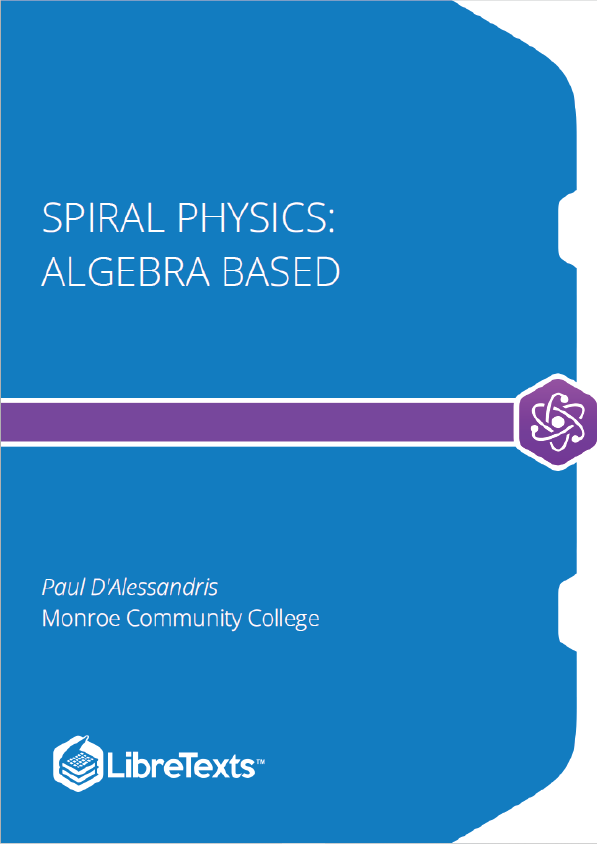Calculus-Based Physics is an introductory physics textbook designed for use in the two-semester introductory physics course typically taken by science and engineering students.
Why Write the Book, and, Why Release it for Free?
While investigating how best to implement active learning in the classroom, I found that among the various active learning methods I looked into, the critical commonality was the reading of the textbook by the students, prior to the classroom session on the material of the reading assignment. So whichever active learning method I decided on (I chose Eric Mazur’s Peer Tutoring method), the question of paramount importance was, “How do I maximize the timely readership of the textbook?” Ideally, each student would read each reading assignment prior to the classroom session on the material of that reading assignment. So another way of posing the question would be, “What must I do (aside from starting each classroom session with a quiz on the reading assignment) to encourage the students to most closely approach that ideal?”
In attempting to answer the question at hand, I took advantage of the fact that it didn’t seem like it had been all that long since I was a student. Here are the characteristics I think each reading assignment would have to have in order to maximize the likelihood that, if I were the student, I would do the reading assignment for a class, just prior to the class, for each and every classroom session:
1. “It must be short. Above all else it must be short. I’ve got problems to solve and laboratory reports to write up and besides that I’m taking four or five other classes. If you expect me to carry out three separate reading assignments each week you better make each reading assignment as short as possible. I don’t need you to start off each reading assignment with a story to get me interested in it. I’m already motivated to find out what I need to know. Just tell me what I need to know. Oh, and don’t try to entertain me with pictures that are at best peripherally related to what you are writing about. Include only pictures that promote the understanding of what you are supposed to be helping me understand. Also, don’t tell me what you are going to write about, and then write about it, and then summarize what you wrote about—just write about it once. I’ll find out what you were going to write about by reading it, and I’ll summarize it myself. If you keep it short enough in the first place, there is no reason for all that. Don’t give me all the banal learning objectives. I know I want to be able to apply the concepts to answer thought provoking questions and to solve physics problems. You don’t have to keep writing that over and over again. If it’s not going to be on the test, don’t make me read about it. I hate it when I struggle mightily to understand some concept in the reading assignment, and, failing to do so, go to you for help only to be told that I don’t have to worry about it because it won’t be on the test. If it won’t be on the test, that means that you don’t consider it important, so why make me read it? Keep it short! And listen, you don’t have to put each and every thing you want me to learn in the book. Save some of it for the classroom and the laboratory. I can only read so much in one week. How about if you ask me to read the essential facts and explanations of concepts in the textbook and save some of the applications, elaborations, and caveats for class? If you try to do everything with the textbook, it will make it too long. I really want you to keep it short!”











